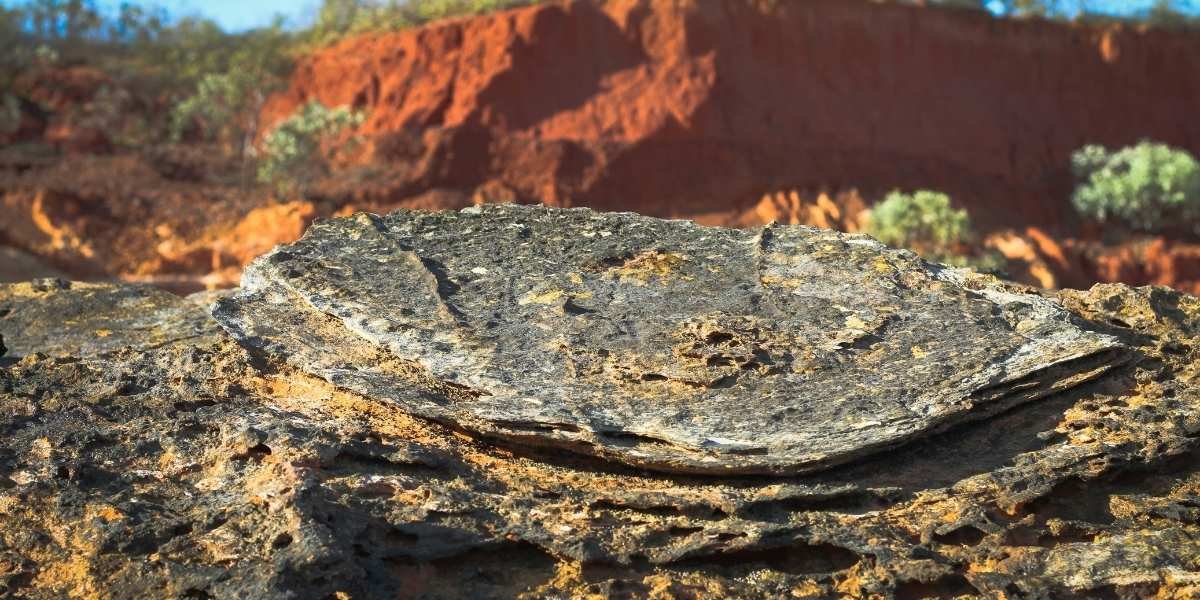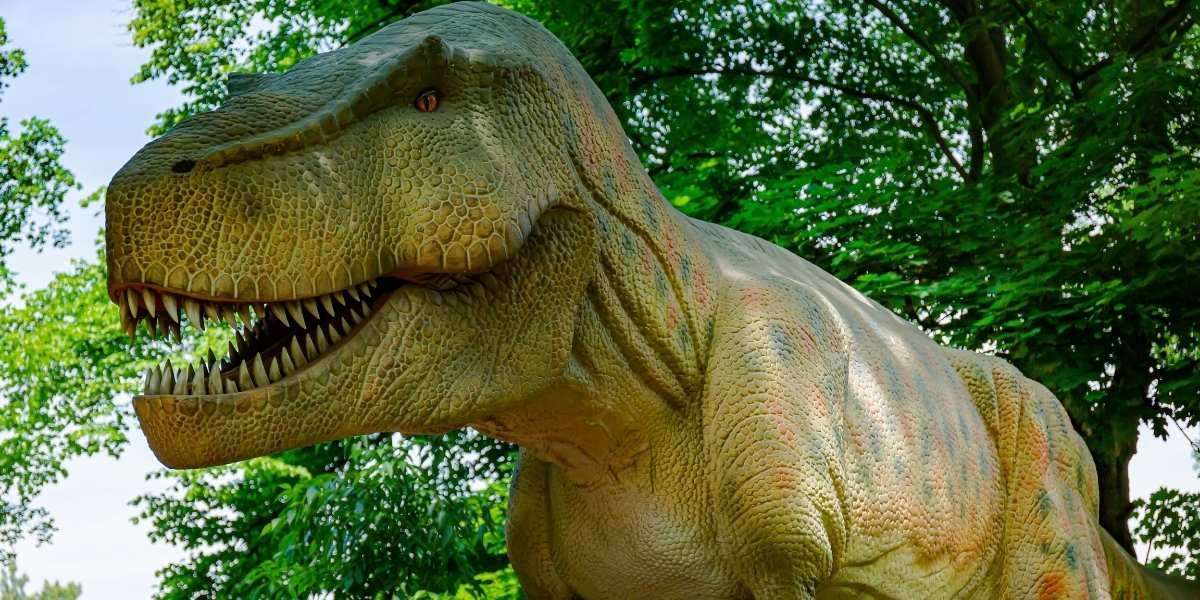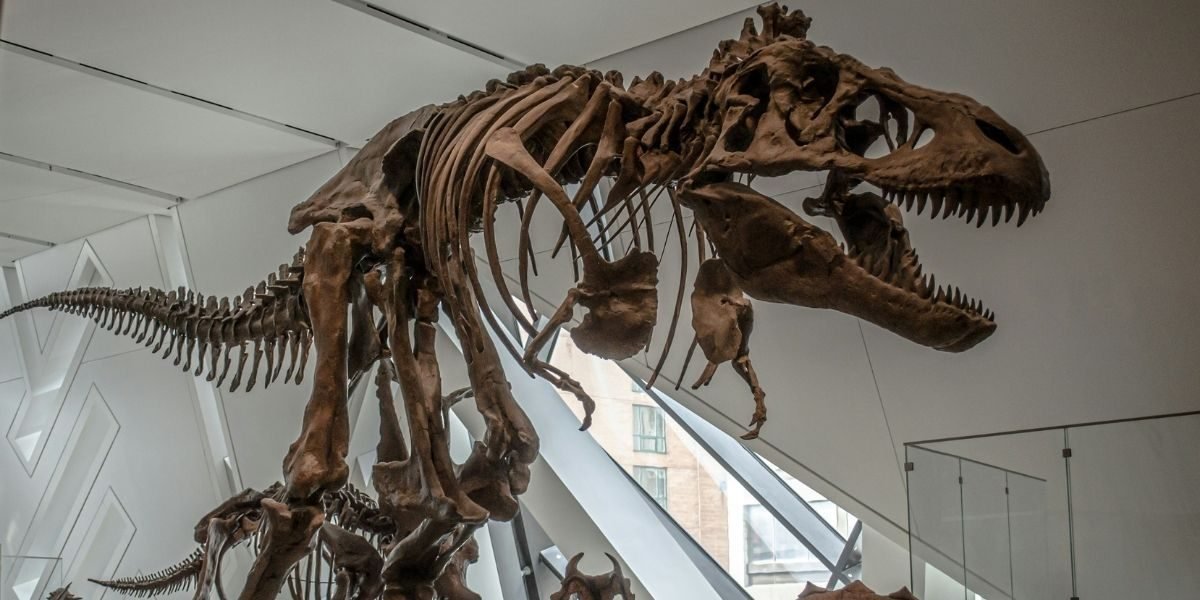The Earth’s history is segmented into vast stretches of time, each characterized by unique geological and biological events. Among these, the Mesozoic Era stands out as a period of profound transformation, often referred to as the “Age of Reptiles” due to the spectacular rise and reign of dinosaurs. Spanning approximately 186 million years, from about 252 to 66 million years ago, this era witnessed significant shifts in continents, climate, and, most notably, the evolution of diverse forms of ancient life. Understanding the Mesozoic Era provides a captivating glimpse into a world vastly different from our own, yet one that laid foundations for much of the life found on the planet today.
Read Also: What Centenarian Species Teach Us About Aging and Health
This monumental geological period is subdivided into three distinct periods: the Triassic, Jurassic, and Cretaceous. Each phase brought its own environmental changes and saw the emergence and diversification of different species, including the iconic creatures that would dominate terrestrial ecosystems. The Mesozoic Era was a time of immense biological innovation, setting the stage for major evolutionary developments that would influence life for millions of years.
What Defined the Triassic Period’s Ancient Life?
The Mesozoic Era began with the Triassic Period, immediately following the most severe mass extinction event in Earth’s history, the Permian-Triassic extinction. This catastrophic event wiped out a vast majority of species, leaving many ecological niches empty. The Triassic (approximately 252 to 201 million years ago) was a time of recovery and diversification for ancient life. Initially, life was dominated by a relatively small number of hardy species that survived the extinction, but over millions of years, new forms began to emerge and thrive.

Photo Credit: Unsplash.com
During this period, all the Earth’s major landmasses were fused into a single supercontinent called Pangaea. This vast continent contributed to a hot, arid climate across much of the interior. Reptiles, which were well-adapted to these dry conditions, began their significant diversification. Among them, early dinosaurs first appeared, though they were initially relatively small and not yet the dominant land animals. Mammal-like reptiles were common, and the first true mammals, small and nocturnal creatures, also made their appearance. In the oceans, marine reptiles like ichthyosaurs and plesiosaurs became significant predators, signaling a recovery of marine ecosystems. The flora was largely composed of conifers and cycads, creating vast forests that would eventually fuel future fossil fuel deposits, all contributing to the unique character of the early Mesozoic Era.
How Did Dinosaurs Achieve Dominance in the Jurassic Period?
The Jurassic Period, spanning from approximately 201 to 145 million years ago, is often considered the golden age of dinosaur dominance. Following a minor extinction event at the end of the Triassic, dinosaurs diversified rapidly and grew to enormous sizes, establishing their undisputed reign over terrestrial environments. Pangaea continued to break apart during this period, leading to the formation of new coastlines and changes in global climate patterns. These geographical shifts resulted in more humid conditions and the expansion of lush forests.
This abundant vegetation provided the necessary food source for the colossal herbivorous dinosaurs, such as the long-necked sauropods like Brachiosaurus and Diplodocus, which could reach lengths of over 80 feet. Their massive size offered protection against the equally impressive predatory dinosaurs that also evolved during this time, including the fearsome Allosaurus. In the skies, pterosaurs, flying reptiles distinct from birds, soared, while the earliest birds also began to take flight. The oceans were still home to various marine reptiles, including large predators that hunted fish and other marine life. The sheer scale and variety of life, particularly the vast array of dinosaurs, make the Jurassic a defining chapter of the Mesozoic Era.
What Led to the End of the Mesozoic Era in the Cretaceous Period?
The Cretaceous Period, from about 145 to 66 million years ago, was the final and longest period of the Mesozoic Era, culminating in one of Earth’s most famous mass extinction events. During this time, the continents continued to drift towards their modern configurations, leading to the formation of new mountain ranges and inland seas. The climate remained warm, and flowering plants (angiosperms) diversified rapidly, fundamentally changing terrestrial ecosystems and leading to co-evolutionary relationships with insects.
Dinosaur dominance persisted, with many new and familiar forms evolving. Tyrannosaurus rex, the powerful carnivorous dinosaur, and Triceratops, with its distinctive frill and horns, are iconic examples from this period. Pterosaurs remained common, and early birds continued to diversify. However, the Cretaceous Period ended abruptly with the Cretaceous-Paleogene (K-Pg) extinction event, approximately 66 million years ago. The most widely accepted theory attributes this global catastrophe to the impact of a large asteroid or comet, which struck the Earth in what is now the Yucatán Peninsula. This impact triggered widespread tsunamis, wildfires, and a prolonged “impact winter” caused by dust and aerosols blocking sunlight, leading to global cooling and the collapse of ecosystems. The event led to the extinction of all non-avian dinosaurs and a vast number of other species, marking the dramatic conclusion of the Mesozoic Era.
How Did Marine and Avian Life Diversify During the Mesozoic Era?

Photo Credit: Unsplash.com
While the Mesozoic Era is celebrated for its terrestrial dinosaur dominance, the oceans and skies also witnessed remarkable evolutionary diversification of ancient life. In the marine environments, the Triassic recovery saw the rise of various marine reptiles. Ichthyosaurs, resembling modern dolphins, were fast-swimming predators. Plesiosaurs, with their long necks and four large flippers, explored different aquatic niches. By the Cretaceous, giant marine predators like mosasaurs, massive marine lizards, became the apex predators of the seas, demonstrating the continuing evolutionary arms race beneath the waves.
In the skies, pterosaurs, the first vertebrates to achieve powered flight, soared from the Triassic through the Cretaceous. They ranged from small, sparrow-sized forms to gigantic creatures with wingspans comparable to small airplanes. Simultaneously, the evolution of birds, stemming from small feathered dinosaurs, began in the Jurassic and accelerated significantly in the Cretaceous. Early birds developed increasingly sophisticated flight capabilities and diversified into various forms, occupying ecological roles distinct from those of pterosaurs. This expansion of life into the aerial and aquatic realms showcases the comprehensive evolutionary dynamism that characterized the entire Mesozoic Era, extending far beyond just the land-dwelling dinosaurs.
What Enduring Legacy Did the Mesozoic Era Leave?
The Mesozoic Era, despite ending in a mass extinction, left an indelible legacy that profoundly shaped the subsequent evolution of life on Earth. The most obvious legacy is the vast fossil record of dinosaur dominance, which continues to inform scientific understanding of prehistoric ecosystems and evolutionary processes. These fossils provide critical insights into ancient climates, biodiversity, and the interconnectedness of life forms millions of years ago. The scientific study of these remains continues to reveal new details about these magnificent creatures and their world.
Read Also: From Pixels to Blockbusters: The Amazing Journey of Special Effects in Today’s Movies
Beyond the iconic dinosaurs, the Mesozoic Era was a pivotal time for the evolution of many other groups. The appearance and early diversification of mammals during this period, though largely overshadowed by dinosaurs, set the stage for their eventual dominance in the Cenozoic Era, after the K-Pg extinction. The rapid evolution of flowering plants in the Cretaceous fundamentally changed terrestrial vegetation, creating the basis for many modern ecosystems. The movements of continents during the Mesozoic Era also laid out the geographical map that eventually became the Earth’s present-day configuration. Thus, the ancient life and geological changes of the Mesozoic Era continue to influence the planet’s biology and geography to this very day.








